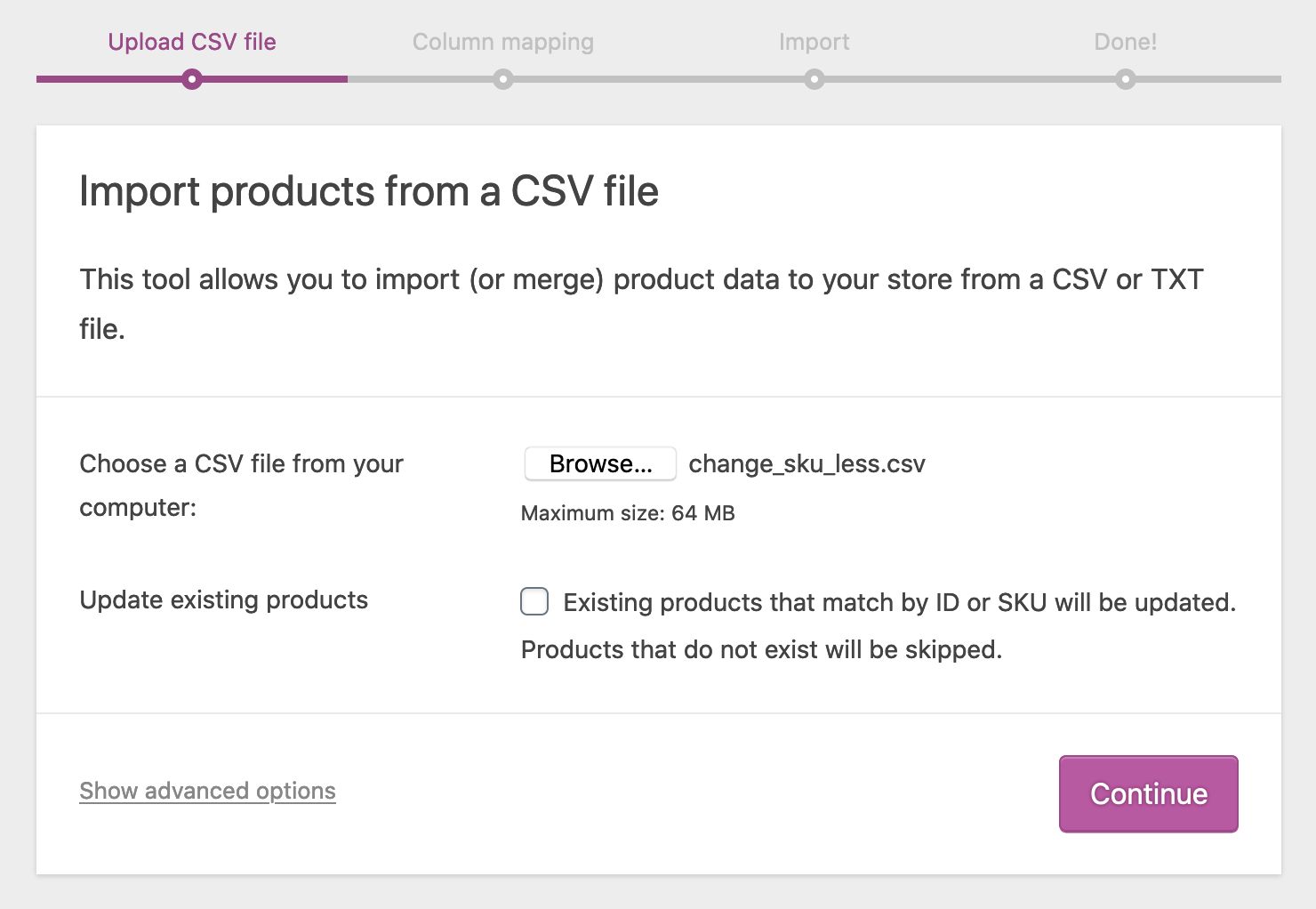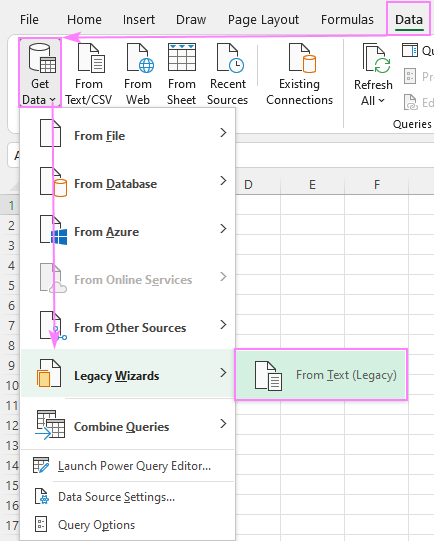
If you include a one-to-many custom table field in your Organizations import, a new custom table record will be added to your currently selected workspace. Copy the Schedule ID you need into your CSV import file. Add the Schedule record type to your report, then add the Schedule ID field. Click the Customize view dropdown, then Edit data.

This will generate a list report based on Teams as the primary record type. Second, navigate to Settings ⚙️ → Account → Capacity planning → Teams, then click on the View all teams report. Copy this numerical ID into your CSV import file.

Note the numerical ID in the URL in the bottom left corner of your browser. There are two ways to find the ID of a work schedule.įirst, navigate to Settings ⚙️ → Account → Capacity planning → Work schedules, then hover over a schedule's name. The Schedule ID is a required field for you to import capacity planning teams. Importing contacts also requires an administrator with customization user permissions. If you set a metric value above or below the metric's range, the import will error. If you leave a metric blank, a score of zero will be imported for that metric. When importing ideas, you may also import scorecard metrics. Enabling epics requires owner access and is done through Settings ⚙️ → Workspace → Configure. To import epics, you must have them enabled for the workspace you are importing to. When importing features, you may also import scorecard metrics. When importing features, you may also import your requirements' names and descriptions, if applicable. Initiatives, goals, and custom table records can be imported to a workspace line. You can import child workspaces, but not workspace lines. If the total users being imported exceeds the account's available paid seats, every user will still be imported so that Aha! administrators can activate/deactivate the users as needed. You also have the option to choose whether or not to send those users an email invitation to the Aha! account. Aha! Roadmaps Enterprise+ customers can also assign paid seat groups to users upon import. Importing users requires an administrator with billing privileges. If your import fails, first remove duplicate rows from the CSV file and then import again. Note: We do not recommend updating the same record more than once in the same CSV import. If you change a record’s type (such as converting a feature to an epic), its Reference # and ID will both change. You can find a record’s ID by adding that field to a list report. A record’s ID is its unique numerical identifier, such as 2134987987.
#Open csv in advanced get code
A record’s Reference # is the alphanumerical code that refers to it in your Aha! account, such as FEAT-123.
#Open csv in advanced get update
If you would rather update existing records than import new ones, include the records’ Reference # or ID in your import. for line breaks, for paragraph breaks, or for bold formatting. If you are importing formatted text (such as a feature description or comments on an Aha! record), you will need to use HTML formatting, e.g. For example, if you import features and include a link to an epic, you should ensure that epics in your workspace or team have unique Names, or use the unique epic ID instead. But since two records could have the same name, you should be careful when importing records with a parent/child relationship by Name.

You can import records by their unique IDs or their Names. Workspaces Note: You can import workspaces but not workspace lines.Ĭlick any of the following links to skip ahead to your Aha! product: Workspaces Note: You can import workspaces, but not workspace lines.Ĭapacity planning teams ( Enterprise+ only) You can import the following record types by CSV file. Note: While you cannot import data from a CSV file at the workspace line level, you can import data to a workspace line.įor Aha! Develop accounts, navigate to Settings ⚙️→ Team → Import from CSV. Then navigate to your import settings.įor Aha! Roadmaps and Aha! Ideas accounts, navigate to Settings ⚙️→ Workspace → Import from CSV. To start importing your information into your Aha! account, first navigate to the workspace or team where you want to import. Select the type of information you would like to importĬhoose where you would like to import the data Click any of the following links to skip ahead:


 0 kommentar(er)
0 kommentar(er)
